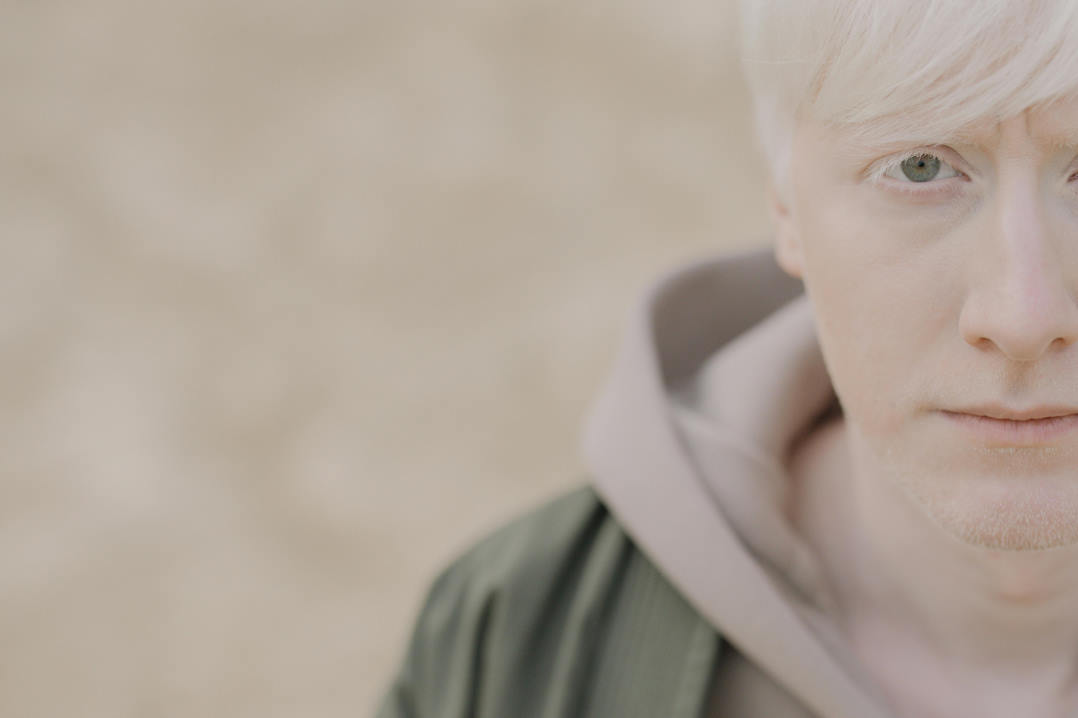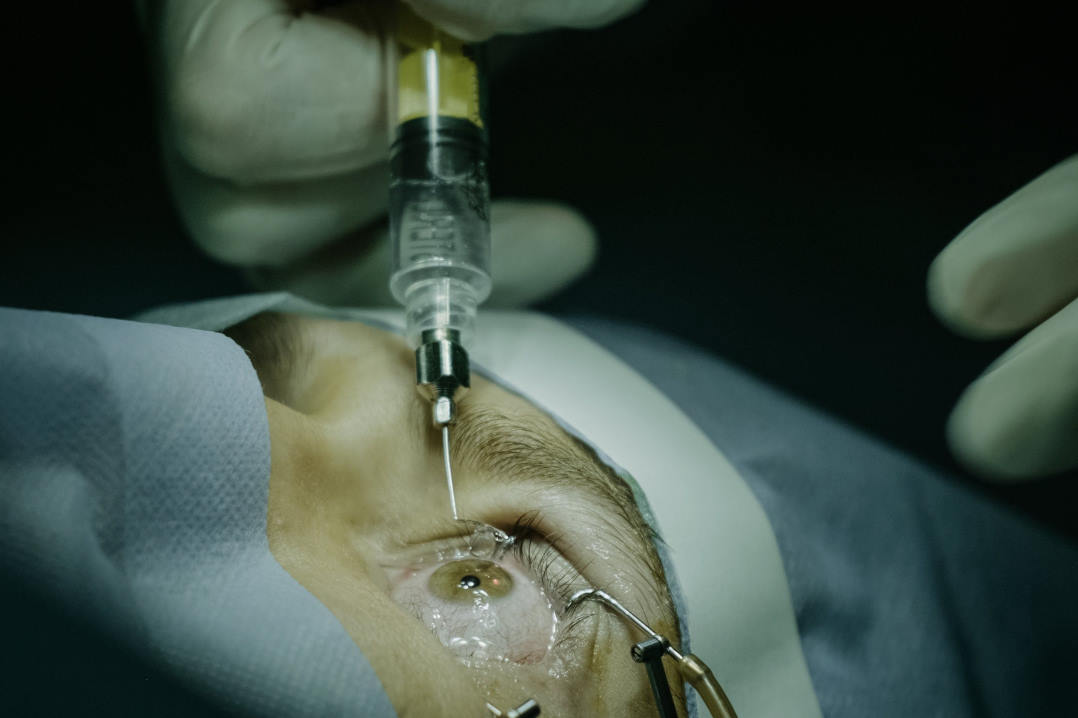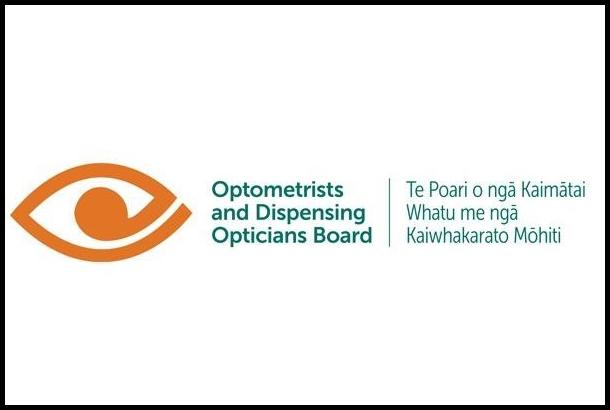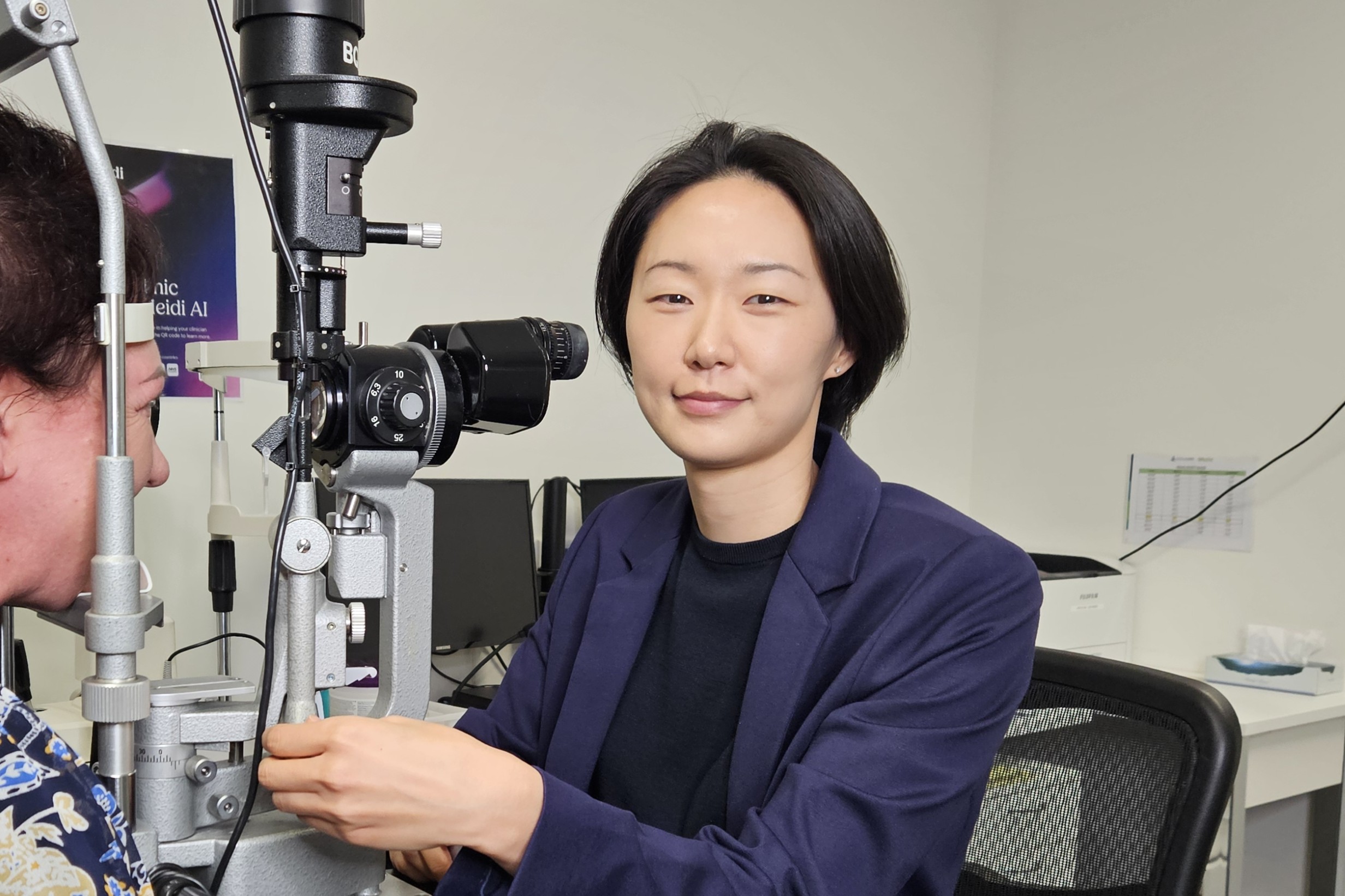Revealing the sclera’s role in myopia
Using a novel type of optical coherence tomography (OCT) called polarisation-sensitive OCT (PS-OCT) a Japanese research team have identified scleral fibre patterns in highly myopic eyes which may help with the development of more targeted therapies for myopia.
In the study of 89 highly myopic eyes of 72 patients, researchers from Tokyo Medical and Dental University (TMDU) found the 52 eyes without dome-shaped maculopathy (DSM) had low-density, radially oriented fibres in the inner layer and high-density, vertically oriented fibres in the outer layer of the sclera. Scleral fibres in the inner layer were aggregated and thickened in eyes with DSM, while fibres in the outer sclera were compressed without thickening, they reported in JAMA Ophthalmology. “Given the common occurrence of scleral pathologies, such as DSM, and staphylomas in eyes with pathologic myopia, recognising these fibre patterns could be important,” said the team. “These insights may be relevant to developing targeted therapies to address scleral abnormalities early and, thus, mitigate potential damage to the overlying neural tissue.”
Commenting on the team’s findings, Drs Clement Chan and Martha Henao from the Department of Ophthalmology at Loma Linda University in California, said the use of polarised light to investigate scleral structures breaks new ground in clinical research in ophthalmology.
























